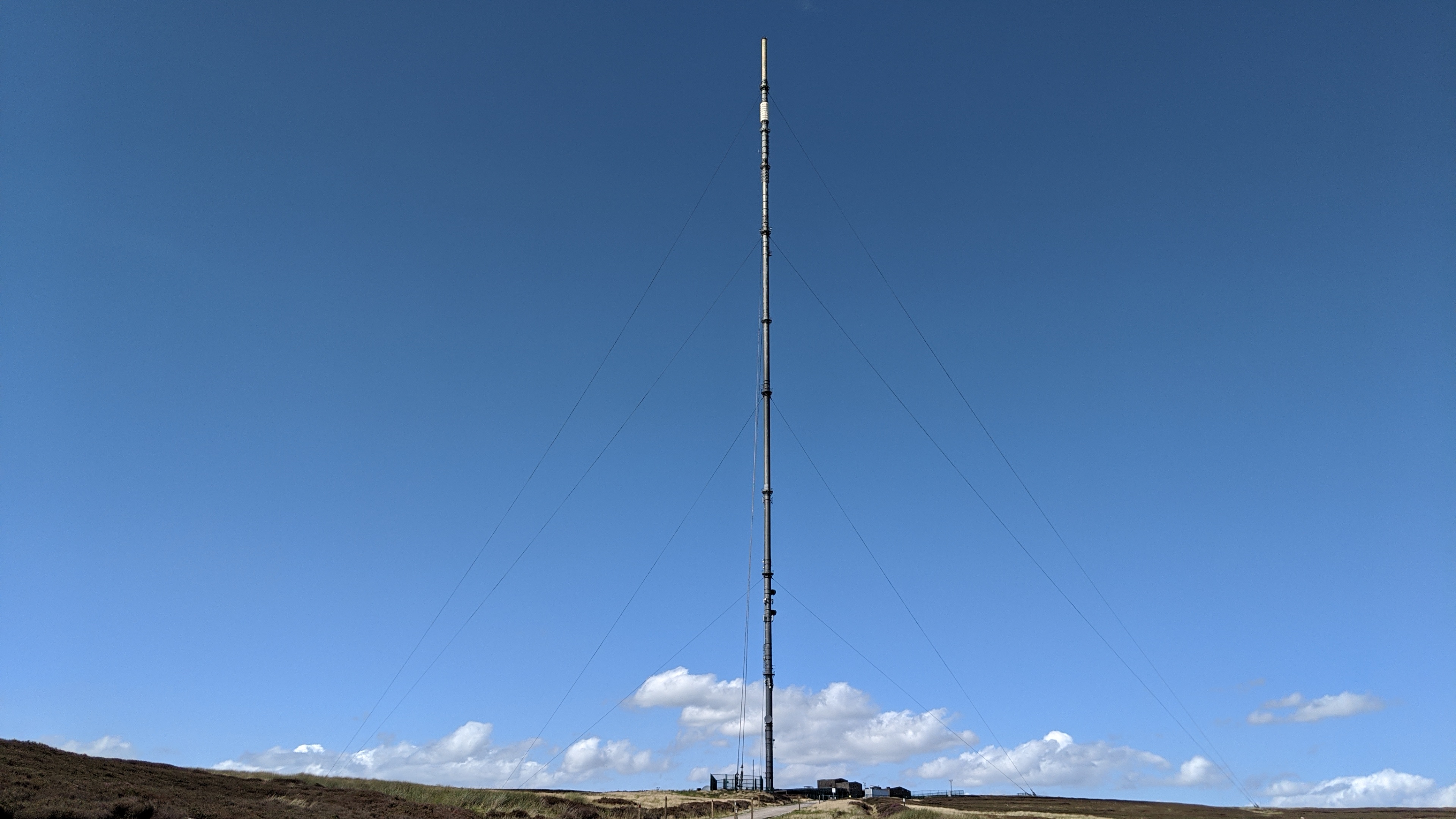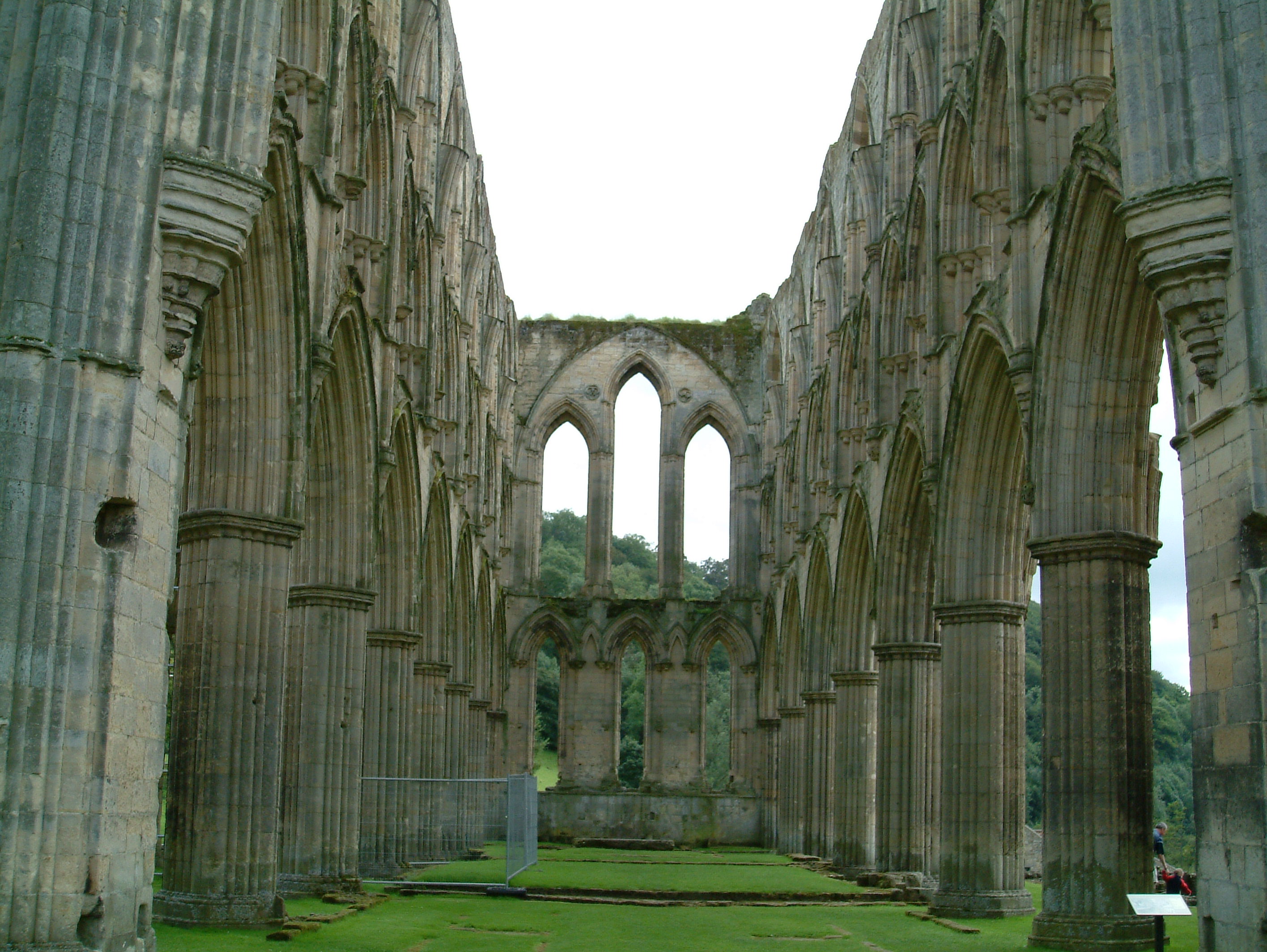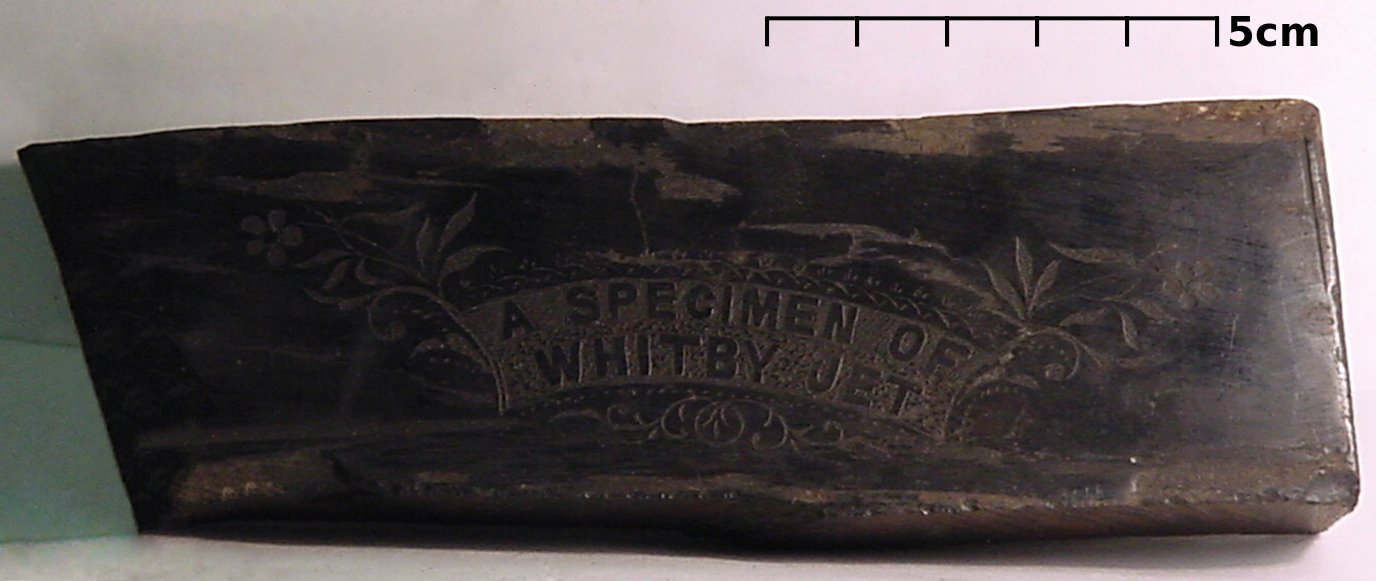|
Bilsdale
Bilsdale is a dale in the western part of the North York Moors in North Yorkshire, England. The head of the dale is at Hasty Bank, and the dale extends south to meet Rye Dale near Hawnby. The dale is the valley of the River Seph, formed where Raisdale Beck joins Bilsdale Beck at the small village of Chop Gate in the north of the dale. The river flows south to meet the River Rye at Seph Mouth. The dale is divided between two civil parishes and districts. The upper part of the dale comprises the civil parish of Bilsdale Midcable in the district of Hambleton. The lower part of the dale is in the civil parish of Hawnby in the district of Ryedale. History The place-name is derived from an Old Norse personal name ''Bildr'', and so means "Bildr's valley". In the 12th century the northern part of the dale was granted to Kirkham Priory, and the southern part to Rievaulx Abbey. Bilsdale Rievaulx was itself divided by the River Seph. The part to the west of the river became ... [...More Info...] [...Related Items...] OR: [Wikipedia] [Google] [Baidu] |
Bilsdale Transmitting Station
The Bilsdale transmitting station is a broadcasting and telecommunications facility, located at Bilsdale West Moor above Bilsdale, close to Helmsley, North Yorkshire, England. The original facility included a Radio masts and towers#Tubular steel, guyed steel tubular mast that was primarily used for radio and television transmission. The height of the mast was to the pinnacle. Until a fire disabled the transmitter on 10 August 2021 it was among the most powerful transmitters in the UK. The power for analogue was 500 kW effective radiated power, ERP and it was 100 kW / 50 kW for digital. The mast was equipped with aircraft warning lights, in the form of arrays of red Light-emitting diode, LEDs. The station was owned and operated by Arqiva. The transmitting station now has a temporary mast located close to the original mast. It commenced operations on 13 October 2021. History Original mast (1969–2021) Bilsdale was constructed by J. L. Eve Construction for the BBC in 1969 ... [...More Info...] [...Related Items...] OR: [Wikipedia] [Google] [Baidu] |
River Seph
The River Seph (or River Sep) is a tributary of the River Rye (itself a tributary of the River Derwent) in North Yorkshire, England. The river flows for down Bilsdale and meets the Rye near the village of Hawnby. The name derives from Old Swedish and means either ''Slow Stream'' or ''Calm''. When the surrounding land was owned by Roger de Mowbray, the river was referred to as the ''Sep''. Course The river starts in Bilsdale at the village of Chop Gate where the waters of the Bilsdale and Raisdale Becks meet, though some of the sources start on Urra Moor. The river from source to where it meets the River Rye at Seph Mouth, is long. Historically, parts of the river were the delineating boundaries between ancient parishes. Bilsdale is narrow and densely wooded at the head of the valley, but further down becomes wider and the water meanders before it joins the Rye. Natural History The river has suffered with invasive species such as Himalayan balsam and Japanese Knotweed whic ... [...More Info...] [...Related Items...] OR: [Wikipedia] [Google] [Baidu] |
Bilsdale Midcable
Bilsdale Midcable is a civil parish in North Yorkshire, England, which occupies the northern part of Bilsdale in the North York Moors National Park. According to the 2001 census it had a population of 293 increasing to 332 at the 2011 Census. Settlements in the parish are The Grange, Chop Gate Chop Gate ( ) is a small village in the Hambleton district of North Yorkshire, England. The village lies within the North York Moors National Park. Historically part of the North Riding of Yorkshire, the village is situated south east of Stokes ... (locally pron "Chop Yat"), Seave Green and Urra. The parish also contains Bilsdale Moor, East and West. References Civil parishes in North Yorkshire {{Hambleton-geo-stub ... [...More Info...] [...Related Items...] OR: [Wikipedia] [Google] [Baidu] |
North York Moors
The North York Moors is an upland area in north-eastern Yorkshire, England. It contains one of the largest expanses of Calluna, heather moorland in the United Kingdom. The area was designated as a national parks of England and Wales, National Park in 1952, through the National Parks and Access to the Countryside Act 1949. Covering an area of , the National Park has a population of 23,380. It is administered by the North York Moors National Park Authority, whose head office is based in Helmsley. Location and transport To the east the area is clearly defined by the impressive cliffs of the North Sea coast. The northern and western boundaries are defined by the steep scarp slopes of the Cleveland Hills edging the Tees lowlands and the Hambleton Hills above the Vale of Mowbray. To the south lies the broken line of the Tabular Hills and the Vale of Pickering. Four roads cross the North York Moors from north to south. In the east the A171 road, A171 joins Whitby and Scarborough, Nor ... [...More Info...] [...Related Items...] OR: [Wikipedia] [Google] [Baidu] |
Laskill
Laskill is a small hamlet in Bilsdale, 5 miles (8 km) north-west of Helmsley, North Yorkshire, England, on the road from Helmsley to Stokesley and is located within the North York Moors National Park. Archaeological investigations have revealed that the Cistercian monks of the nearby Rievaulx Abbey had a large woolhouse there, dating from the middle of the 13th century. The Cistercian monks, known to have been skilled metallurgists, also had a blast furnace (the only medieval example yet identified in Britain) for the smelting of iron ore into cast iron. The iron ore left in the slag at Laskill has been identified by Gerry McDonnell (archeometallurgist of the University of Bradford) as more refined than anything else at the time, suggesting a much more efficient blast furnace technology than otherwise existed – perhaps as advanced as a modern blast furnace. The destruction of the abbey at Rievaulx by King Henry VIII during the Reformation put an end to this blast f ... [...More Info...] [...Related Items...] OR: [Wikipedia] [Google] [Baidu] |
Kirkham Priory
The ruins of Kirkham Priory are situated on the banks of the River Derwent, at Kirkham, North Yorkshire, England. The Augustinian priory was founded in the 1120s by Walter l'Espec, lord of nearby Helmsley, who also built Rievaulx Abbey. The priory was surrendered in 8 December 1539 during the Dissolution of the Monasteries. Legend has it that Kirkham was founded in remembrance of l'Espec's only son who had died nearby as a consequence of his horse being startled by a boar. The area was later used to test the D-Day landing vehicles, and was visited by Winston Churchill. The ruins are now Grade I listed and a scheduled monument in the care of English Heritage. Gatehouse ruins The Gatehouse of Kirkham Priory, built , is a specimen of English Gothic medieval architecture. It is a rare survival of such a gatehouse, comparable to that of Butley Priory in Suffolk. It has a wide arch of continuous mouldings with a crocketed gable running up to the windows, with sculptures of St G ... [...More Info...] [...Related Items...] OR: [Wikipedia] [Google] [Baidu] |
Jet (lignite)
Jet is a type of lignite, the lowest rank of coal, and is a gemstone. Unlike many gemstones, jet is not a mineral, but is rather a mineraloid. It is derived from wood that has changed under extreme pressure. The English noun ''jet'' derives from the French word for the same material, (modern French ), ultimately referring to the ancient town of Gagae. Jet is either black or dark brown, but may contain pyrite inclusions which are of brassy colour and metallic lustre. The adjective " jet-black", meaning as dark a black as possible, derives from this material. Origin Jet is a product of decomposition of wood from millions of years ago, commonly the wood of trees of the family Araucariaceae. Jet is found in two forms, hard and soft. Hard jet is the result of carbon compression and salt water; soft jet may be the result of carbon compression and fresh water. Despite the name they both occupy the same area of the Mohs scale with the difference being that soft jet is more likely to ... [...More Info...] [...Related Items...] OR: [Wikipedia] [Google] [Baidu] |
Baron Feversham
Baron Feversham is a title that has been created twice, once in the Peerage of Great Britain and once in the Peerage of the United Kingdom. The first creation, in the Peerage of Great Britain, came in 1747 when Anthony Duncombe, who had earlier represented Salisbury and Downton in the House of Commons, was made Lord Feversham, Baron of Downton, in the County of Wilts. He had previously inherited half of the enormous fortune of his uncle Sir Charles Duncombe. However, Lord Feversham had no sons and the barony became extinct on his death in 1763. The peerage was revived in the Peerage of the United Kingdom in 1826 in favour of his kinsman Charles Duncombe, who was created Baron Feversham, of Duncombe Park in the County of York. He was a former Member of Parliament for Shaftesbury, Aldborough, Heytesbury and Newport. Duncombe was the grandson of Thomas Duncombe, son of John Brown (who assumed the surname Duncombe) by his wife Ursula Duncombe, aunt of the first Baron of the 1747 ... [...More Info...] [...Related Items...] OR: [Wikipedia] [Google] [Baidu] |
Thomas Manners, 1st Earl Of Rutland
{{Infobox noble, type , honorific_suffix = KG , name = Thomas Manners , title = 1st Earl of Rutland , image = Thomas_Manners,_1st_Earl_of_Rutland.jpg , caption = Effigy of Manners, St Mary's Church, Bottesford, Leicestershire, near to his seat of Belvoir Castle , CoA= , more = no , father = George Manners, 11th Baron de Ros , mother = Anne St Leger , birth_date = c. 1497 , birth_place = , death_date = {{Death date, df=yes, 1543, 09, 20 , death_place = , burial_date = , burial_place = , religion = , url = Thomas Manners, 1st Earl of Rutland, 12th Baron de Ros of Helmsley, KG (c. 1497{{snd20 September 1543), of Belvoir Castle in Leicestershire (adjacent to the small county of Rutland), was created Earl of Rutland by King Henry VIII in 1525. Origins Thomas was the son of Sir George Manners, 11th Baron de Ros ... [...More Info...] [...Related Items...] OR: [Wikipedia] [Google] [Baidu] |
Helmsley
Helmsley is a market town and civil parish in the Ryedale district of North Yorkshire, England. Historically part of the North Riding of Yorkshire, the town is located at the point where Ryedale leaves the moorland and joins the flat Vale of Pickering. Helmsley is situated on the River Rye on the A170 road, east of Thirsk, west of Pickering and some due north of York. The southern boundary of the North York Moors National Park passes through Helmsley along the A170 road so that the western part of the town is within the National Park. The settlement grew around its position at a road junction and river crossing point. Helmsley is a compact town, retaining its medieval layout around its market place with more recent development to the north and south of its main thoroughfare, Bondgate. It is a historic town of considerable architectural character whose centre has been designated as a conservation area. The town is associated with the Earls of Feversham, whose ancestral hom ... [...More Info...] [...Related Items...] OR: [Wikipedia] [Google] [Baidu] |
Victoria County History
The Victoria History of the Counties of England, commonly known as the Victoria County History or the VCH, is an English history project which began in 1899 with the aim of creating an encyclopaedic history of each of the historic counties of England, and was dedicated to Victoria of the United Kingdom, Queen Victoria. In 2012 the project was rededicated to Elizabeth II, Queen Elizabeth II in celebration of her Diamond Jubilee year. Since 1933 the project has been coordinated by the Institute of Historical Research in the University of London. History The history of the VCH falls into three main phases, defined by different funding regimes: an early phase, 1899–1914, when the project was conceived as a commercial enterprise, and progress was rapid; a second more desultory phase, 1914–1947, when relatively little progress was made; and the third phase beginning in 1947, when, under the auspices of the Institute of Historical Research, a high academic standard was set, and pr ... [...More Info...] [...Related Items...] OR: [Wikipedia] [Google] [Baidu] |







